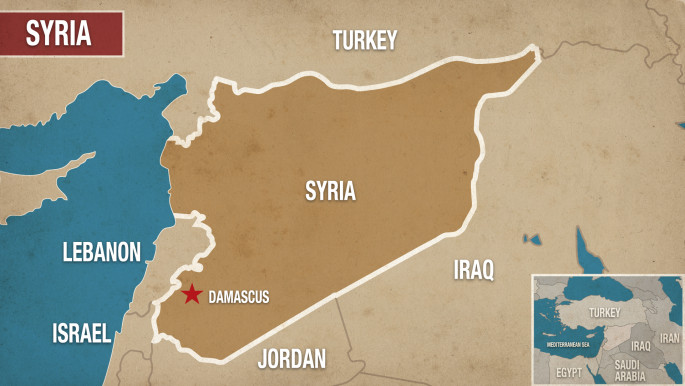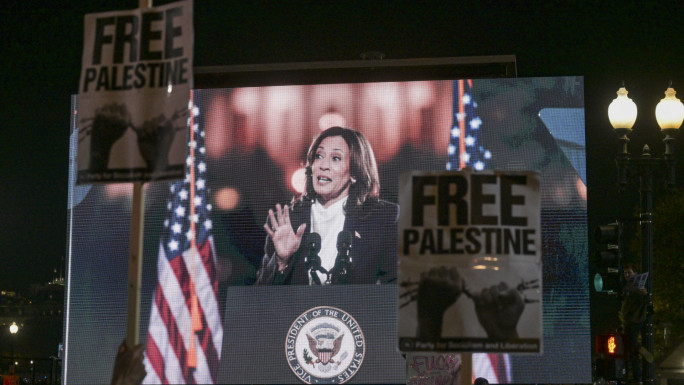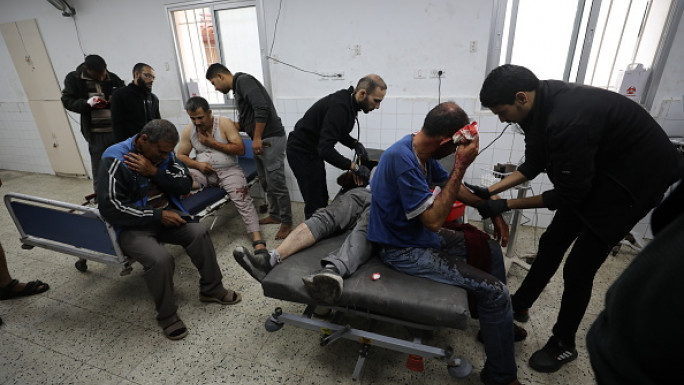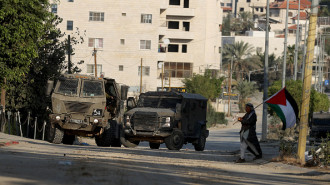Syrian regime forces enter Palmyra amid Damascus clashes
Syrian regime forces entered the ancient city of Palmyra late Wednesday after fierce battles against the Islamic State jihadist group, while several Damascus suburbs were gripped by intense clashes with rebels.
"The army has entered a western neighbourhood of Palmyra and has seized control of part of it," Rami Abdel Rahman, head of the Syrian Observatory for Human Rights, told AFP.
"There are clashes and heavy shelling" across the historic city, said the monitoring group's chief.
Abdel Rahman said earlier that Syrian forces, backed by Russian soldiers, had captured a string of hilltops overlooking Palmyra, bringing them within firing range of its western half.
"They are close to capturing the citadel. IS withdrew from it, but they may have left suicide bombers inside," he said.
Supported by Russian airstrikes and ground troops, government forces have been battling for weeks through the desert in the central province of Homs to reach Palmyra.
IS jihadists first seized Palmyra in May 2015 and began to systematically destroy the city's monuments and temples, while also looting its many archeological treasures.
They were driven out in March 2016 but recaptured the town last December.
Syrian state media confirmed Wednesday that government forces were now in control of key territory around Palmyra.
 |
|
| [Click to enlarge] |
"Seizing control of Mount Hilal and other hilltops overlooking Palmyra is an important step towards the collapse of the terrorist groups in the city," state news agency SANA said.
Damascus clashes
Meanwhile, heavy clashes between regime forces and rebels in several Damascus suburbs left at least 13 government fighters dead.
The forces, killed over a 24-hour period, included a general who was overseeing operations against the rebels in the northeast of the capital, according to the Syrian Observatory.
Clashes have been reported in the area for the past two weeks as government forces try to separate the rebel district of Qabun from two others, Barzeh and Tishreen.
The aim of the operation is to stop the movement of rebels and pressure them to sign a "reconciliation accord" similar to one struck in Barzeh in 2014, according to the British-based Observatory.
Heavy army bombardment hit the area Wednesday.
The United Nations last month expressed alarm over escalating fighting in the Damascus area.
A local ceasefire was agreed between rebels and the government in Qabun in 2014 but new violence has erupted in recent days.
At least 16 people were killed on February 18 when army shelling hit a funeral in the district, according to the Observatory, which relies on a network of sources on the ground.
Two days later air raids on Barzeh killed seven people, including a woman and a child, activists reported.
The Syrian conflict began when the Baath regime, in power since 1963 and led by President Bashar al-Assad, responded with military force to peaceful protests demanding democratic reforms during the Arab Spring wave of uprisings, triggering an armed rebellion fueled by mass defections from the Syrian army.
According to independent monitors, hundreds of thousands of civilians have been killed in the war, mostly by the regime and its powerful allies, and millions have been displaced both inside and outside of Syria.
The brutal tactics pursued mainly by the regime, which have included the use of chemical weapons, sieges, mass executions and torture against civilians have led to war crimes investigations.
Agencies contributed to this report.





 Follow the Middle East's top stories in English at The New Arab on Google News
Follow the Middle East's top stories in English at The New Arab on Google News
![French Foreign Minister Jean-Noel Barrot [Getty]](/sites/default/files/styles/image_330x185/public/2182722851.jpeg?h=a5f2f23a&itok=UD_yRfLZ)

